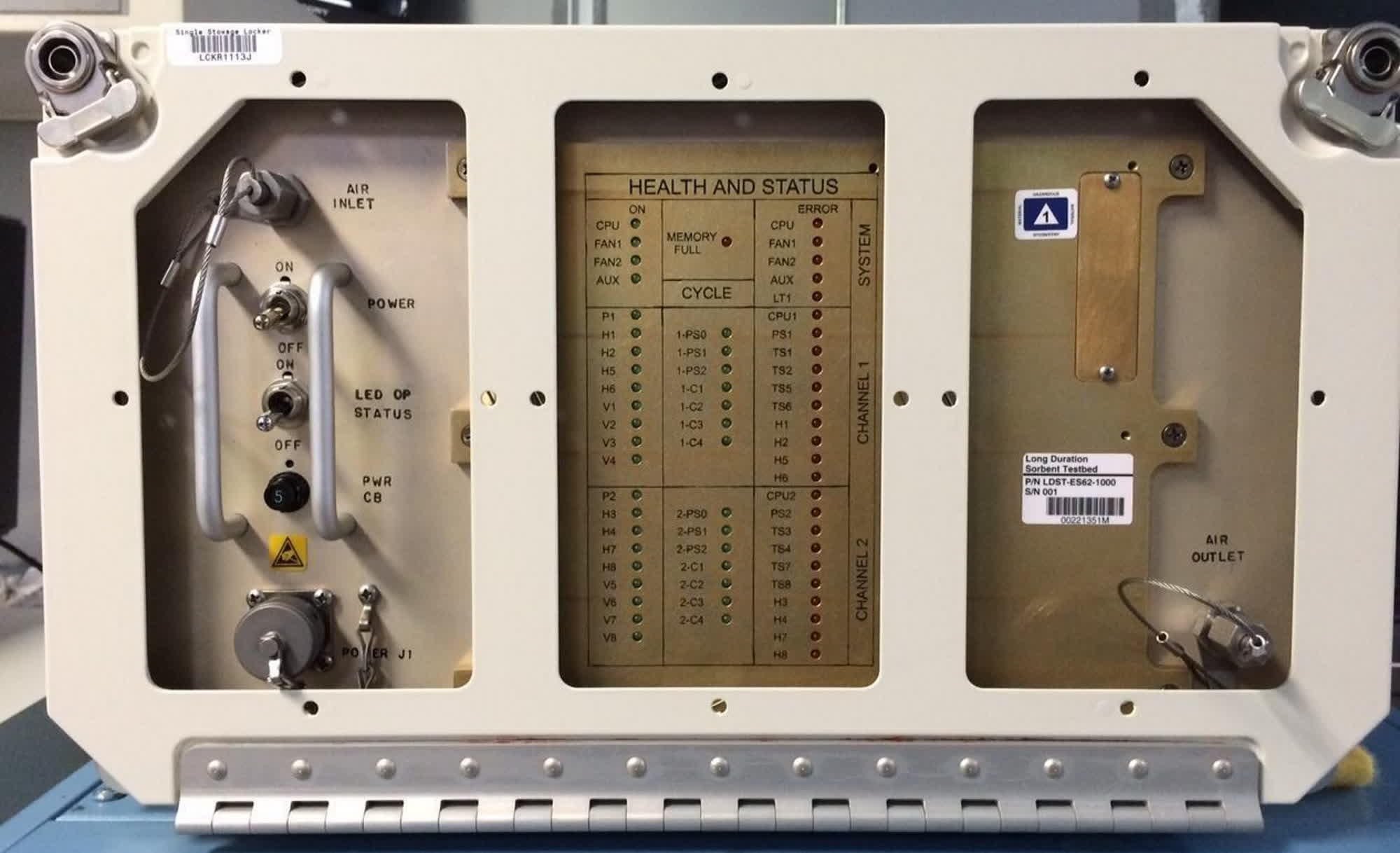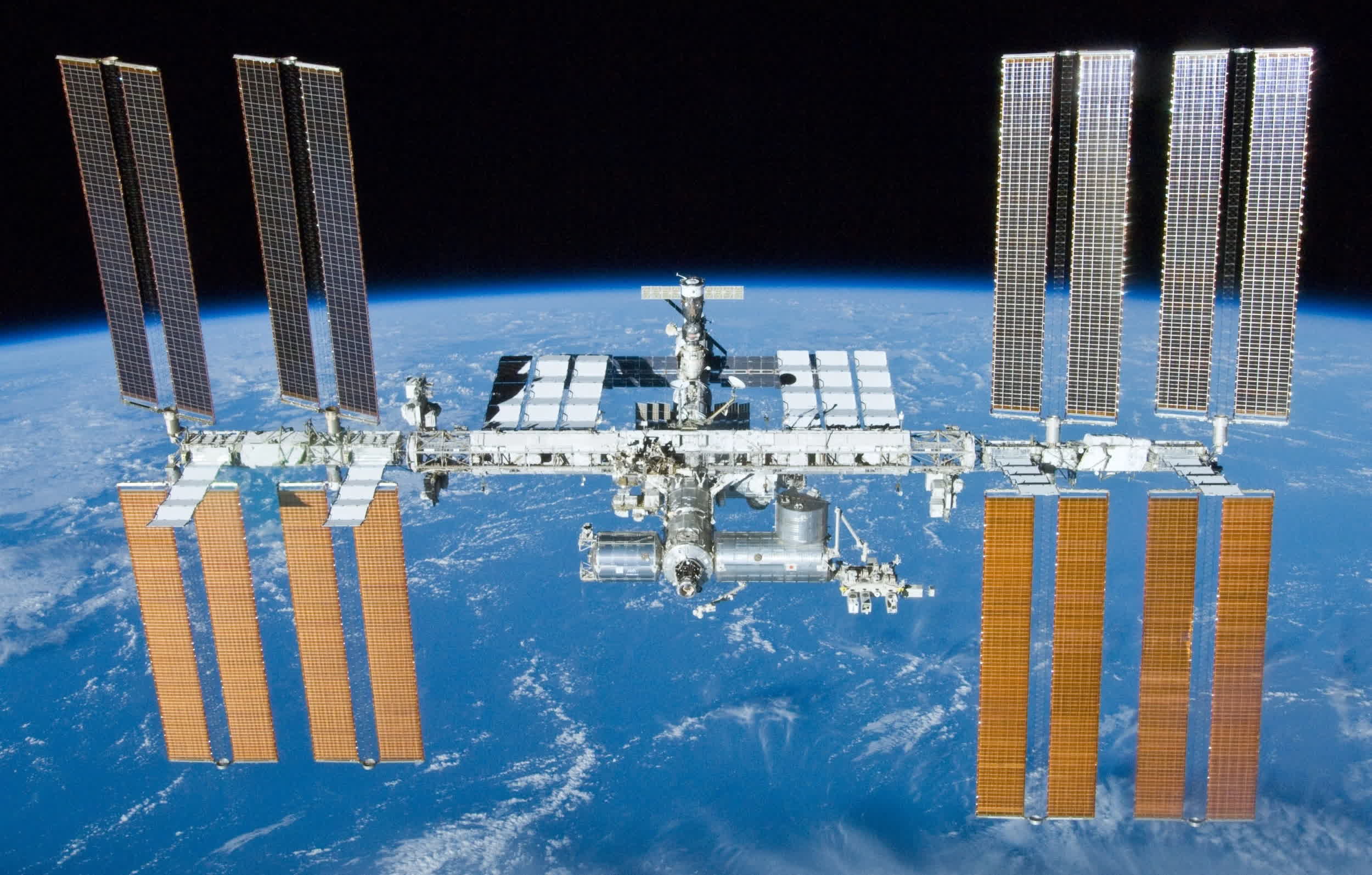In a nutshell: The International Space Station is an extremely busy space outpost. Astronauts do experiments and move equipment, which is seemingly polluting the station's air with potentially dangerous chemical particles. Astronauts' health is safe for now, but NASA will need to deal with the issue for longer journeys in deep space.
The air aboard the International Space Station (ISS) contains a larger amount of dangerous chemical particles compared to Earth's median values. A new peer-reviewed study published in the Environmental Science & Technology Letters journal describes the type and amount of "Persistent Organic Contaminants" found in dust samples taken from the ISS, highlighting the potential means which brought those contaminants aboard humanity's most successful low Earth-orbit outpost.
The study says that ISS air contains higher-than-average levels of flame-retardant compounds such as polybrominated diphenyl ethers (PBDEs), novel brominated flame retardant (NBFR), and hexabromocyclododecane (HBCDD). Higher levels of polycyclic aromatic hydrocarbons (PAHs), which is a chemical element released by the combustion of hydrocarbon fuels, were detected as well.
The study also shows that ISS dust is polluted with polychlorinated biphenyls (PCBs), a highly carcinogenic chemical compound that was banned in the US by the Toxic Substances Control Act of 1976. PFAS, PFOA and other chemical products were also found in larger amounts compared to median values detected in homes in the US and many European countries.

How did these dangerous chemical compounds find their way to the International Space Station? Stuart Harrad, Professor of Environmental Chemistry at the University of Birmingham and one of the study's authors, provided some potential explanations. Much of what we see on the ISS comes from "off-the-shelf items" brought on board by the astronauts, Harrad said. These objects contain organic flame retardants used in electrical items on Earth, which are then found in ISS samples returned on the ground.
Furthermore, ISS guests have peculiar cleaning habits that could result in higher concentrations of some chemical compounds. The vacuum cleaner aboard the space station is often used after an experiment is performed, Harrad revealed, while regularly vacuuming surfaces and air likely helps further spreading of said chemicals.
Even though ISS samples contained higher-than-average chemical compounds, Harrad said, potential health risks for astronauts are still "within the range" of chemical exposure experienced by US citizens. For future space missions to Mars and deep space, however, minimizing the amount of dangerous contaminants would be required to avoid higher health risks for astronauts.
